Hello everyone ! I hope all of you are well and enjoying yourselves. I'm fine also.
Guys today it has just clicked in my mind that what's the relationship between sunset and twilight ???
Do you know about it ? If you are aware then tell me also . Thanks
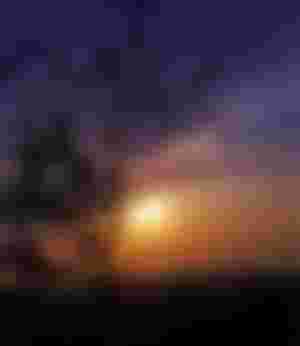
Everybody at one time or another has marveled at the beautiful red and orange colors of a sunrise or sunset. Although colorful sunrises and sunsets can be seen anywhere, certain parts of the world are especially famous for their twilight hues. The deserts and tropics quickly come to mind. Indeed, it is a rare issue of Arizona Highways that does not include at least one sunset view.
The view of sunrise & sunset are eye-catching and they seem to favor certain times of the year. In the middle latitudes , for example, fall and winter generally produce the most spectacular low-sun hues.
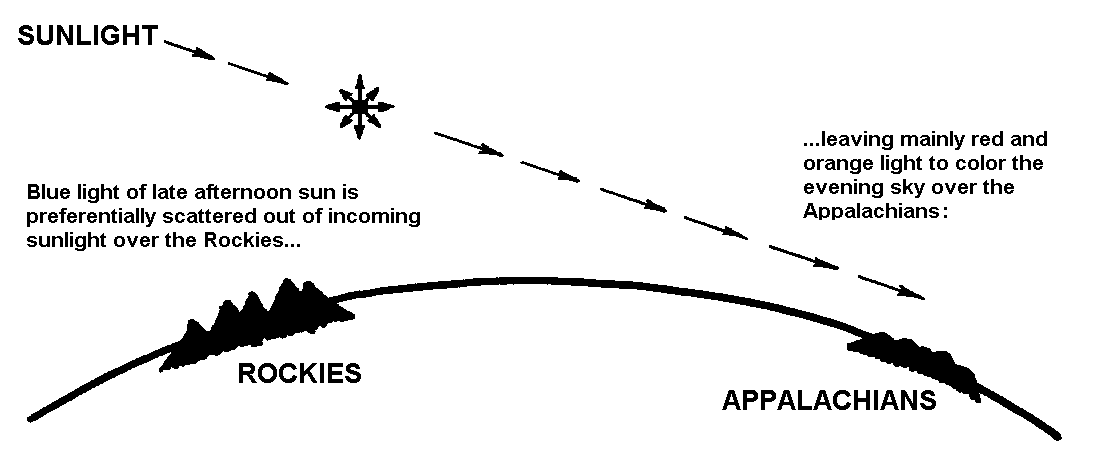
At the time of sunrise or sunset, sunlight takes a much longer path through the atmosphere than during the middle part of the day. Because this lengthened path results in an increased amount of violet and blue light being scattered out of the beam by the nearly infinite number of scattering "events" that occur along the way (a process collectively known as multiple scattering), the light that reaches an observer early or late in the day is noticeably reddened. Thus, it could be said that sunsets are red because the daytime sky is blue. This notion is perhaps best illustrated by example: A beam of sunlight that at a given moment helps produce a red sunset over the Appalachians is at the same time contributing to a deep blue, late afternoon sky over the Rockies
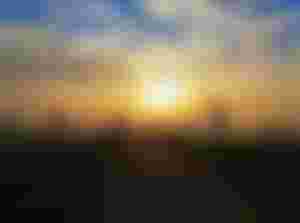
the most memorable sunsets tend to be those with at least a few clouds. Clouds catch the last red-orange rays of the setting sun and the first light of the dawn like a theatre screen, and reflect this light to the ground. But certain types of clouds are more closely associated with eye-catching sunsets than others.Some of the most beautiful sunrises and sunsets feature solid decks of middle or high clouds that cover the entire sky except for a narrow clear strip near the horizon. A five-minute sequence of such a sunset. In the middle latitudes, skies like these often are associated with a passing jet stream disturbance; i.e., they mark the zone of transition between west-to-east moving regions of atmospheric ascent (cloud cover) and descent (clear skies). When viewed at sunrise, a sky of this type implies that the weather is likely to deteriorate as the mid- and upper-level moisture continues eastward. At sunset, of course, the opposite is true, hence the saying "Red sky at night, traveler's delight; Red sky in morning, traveler take warning."
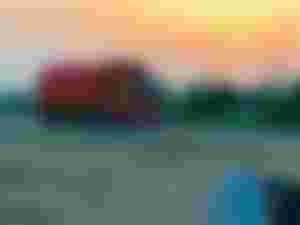
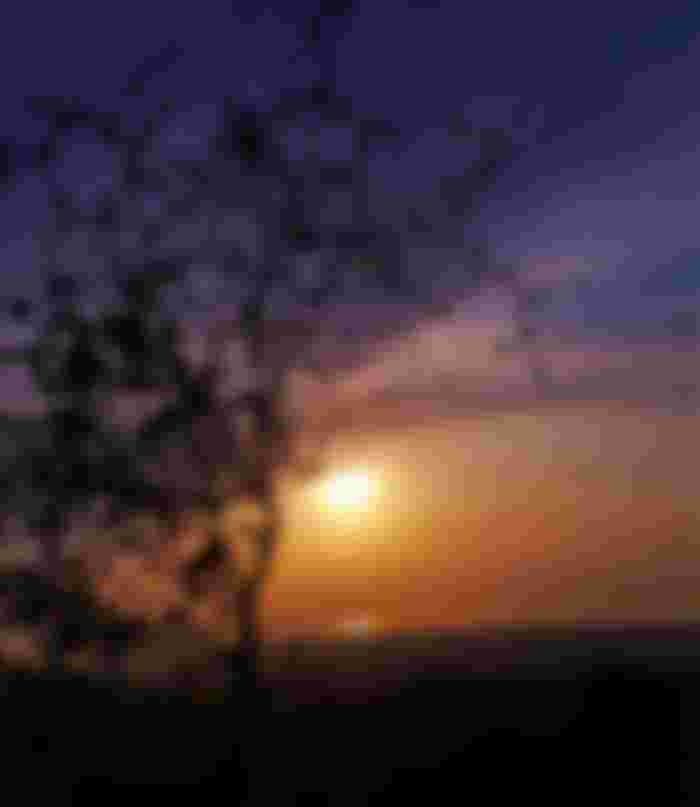

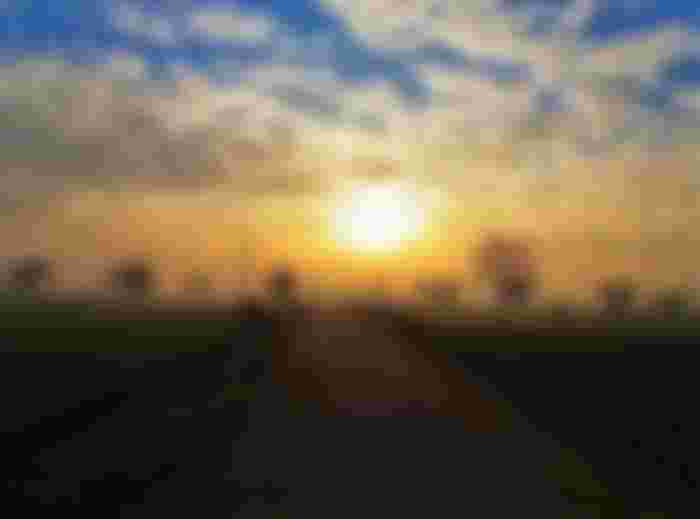

This is beautifull